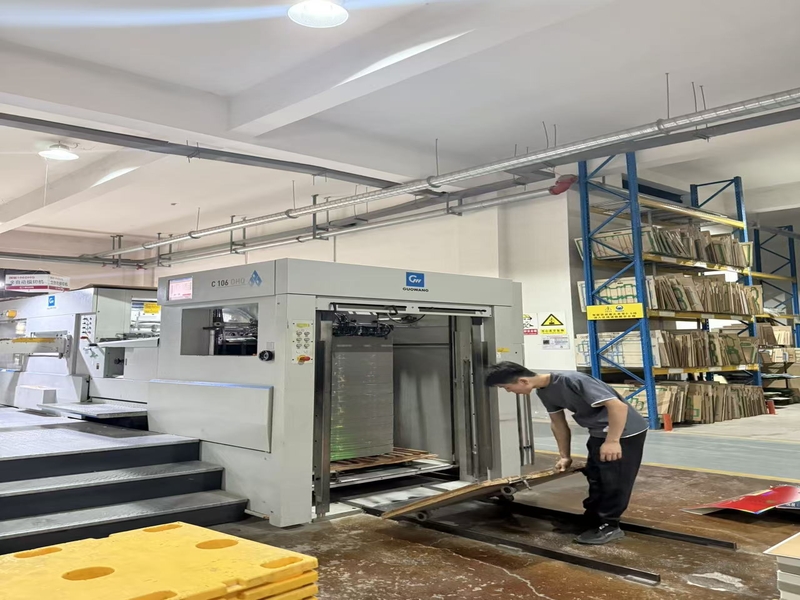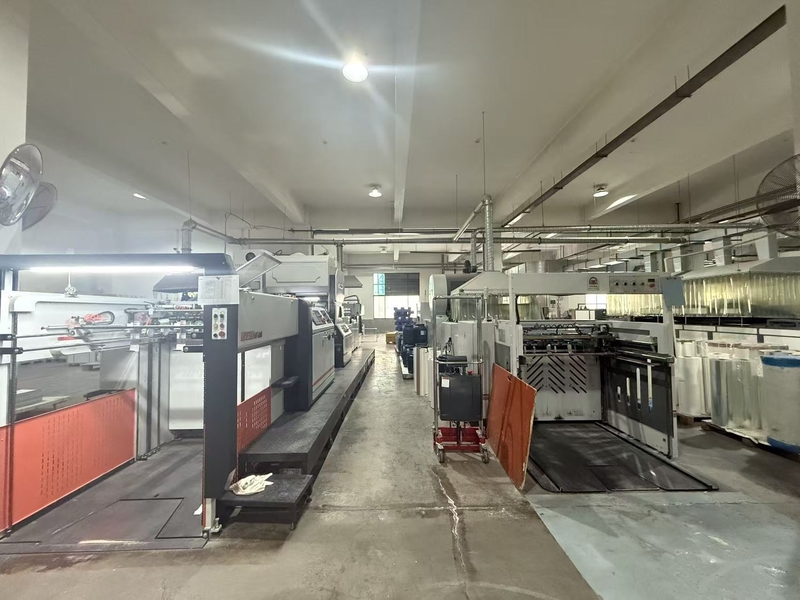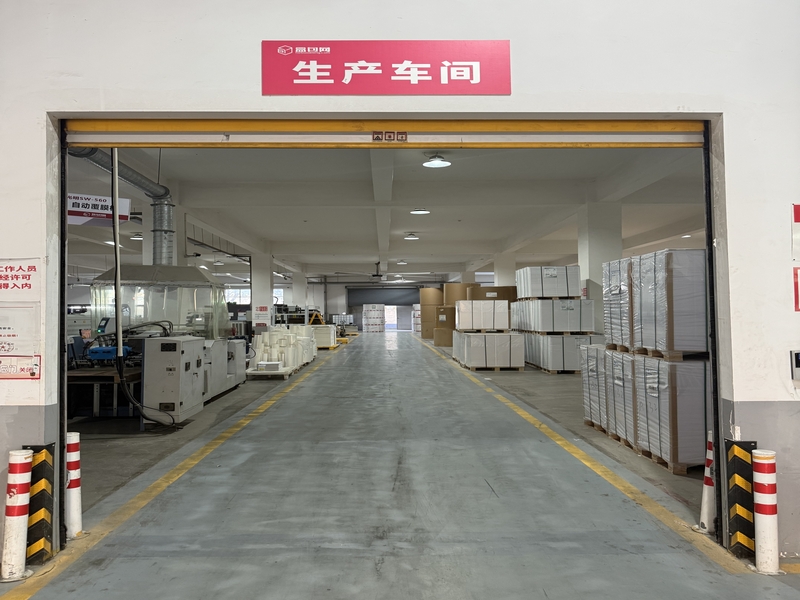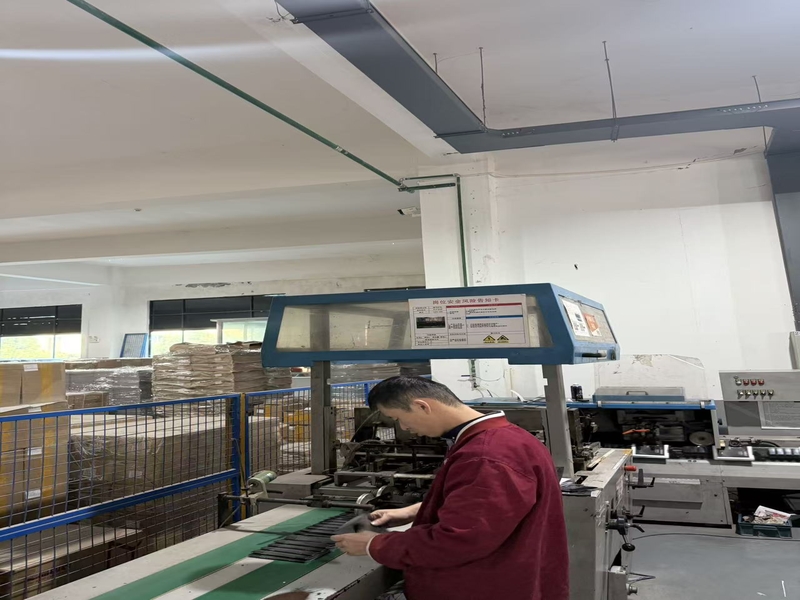Innovative Print Materials: Exploring Beyond Paper
When it comes to packaging and printing, paper has long been the go-to material. However, in recent years, there has been a significant shift toward using alternative print materials that offer both functional and aesthetic advantages. These innovative materials can enhance the visual appeal of packaging, create a unique customer experience, and, in many cases, contribute to sustainability efforts.
At Wuxi Box Printing Technology, we’ve seen firsthand the increasing interest in printing beyond paper. This shift is not just a trend but a reflection of evolving consumer preferences, advances in technology, and the growing demand for sustainable solutions. In this article, we’ll explore several cutting-edge print materials that go beyond traditional paper, from metal and plastics to fabric, wood, and eco-friendly alternatives.
1. The Evolution of Print Materials: Why It Matters
Over the past few decades, packaging has transformed from a simple means of containing products to a powerful branding tool. With the rise of e-commerce, brands have become more creative in how they present their products to consumers. The materials used for packaging and printing play a critical role in this transformation. Paper, although still popular, no longer holds exclusive status.
The demand for alternative print materials has emerged for several reasons:
Brand Differentiation: Unique materials can help a product stand out from competitors and attract consumers’ attention.
Sustainability: Increasing environmental awareness has led to a greater focus on eco-friendly materials that reduce waste and carbon footprints.
Consumer Experience: The packaging is now part of the product experience, and brands want to engage customers with packaging that feels distinct, premium, and interactive.
Technological Advances: Advances in printing technologies have made it easier to print on diverse substrates, making alternatives to paper more feasible.
As a result, brands are embracing innovative materials to elevate their packaging, differentiate themselves in the market, and meet evolving consumer expectations.
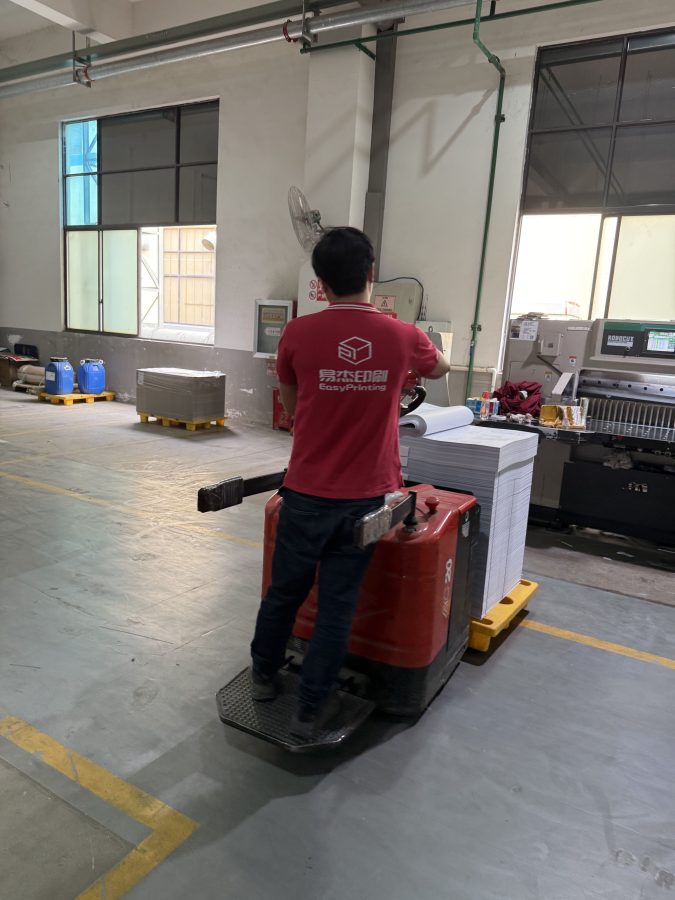
2. Metal: Shiny, Durable, and High-End Appeal
Metal is rapidly gaining popularity as a premium packaging material due to its elegance and durability. Aluminum and steel are often used for high-end products like cosmetics, beverages, and electronics. Metal provides a shiny, modern look, while offering superior protection from moisture, light, and air. This makes it an excellent choice for products that require long shelf life or premium branding.
Benefits:
Visual Appeal: The reflective nature of metal gives packaging a luxurious, high-end look. It's commonly used in products where branding and aesthetics are essential, such as in cosmetics, gourmet foods, and alcoholic beverages.
Durability: Metal is incredibly durable, providing excellent protection during transit and preventing contamination.
Environmental Impact: Metal is highly recyclable, making it a more eco-friendly option than some plastic alternatives.
3. Plastics: Flexibility and Customization
Plastics are perhaps the most versatile material used in modern packaging. Available in many forms like PVC, polyethylene, PET, and polypropylene, plastic can be customized in shape, size, and color to fit the needs of any product. It is also lightweight, durable, and can be used for various types of flexible packaging, including bags, pouches, and bottles.
Benefits:
Flexibility: Plastic can be molded into virtually any shape, making it ideal for custom packaging that requires complex designs.
Durability: Plastic is resistant to moisture, making it an excellent choice for products that need protection from the elements.
Transparency: Certain plastic types, like PET, offer clear, see-through packaging that showcases the product inside.
4. Fabric: Soft, Customizable, and Eco-Friendly
Printing on fabric offers a distinctive and sustainable alternative to traditional materials. Fabric, such as cotton, canvas, and burlap, can be printed with logos, patterns, and designs to create an experience that’s tactile and memorable. This material is especially favored for premium and eco-friendly products and is becoming increasingly popular for packaging promotional items and gift wraps.
Benefits:
Tactile Experience: Fabric provides a tactile, soft touch that paper and plastic cannot replicate.
Eco-Friendly: Fabric, particularly cotton and linen, can be made from renewable resources and is biodegradable.
Customizability: Fabric can be printed using various techniques, including screen printing and sublimation, allowing for vivid and durable designs.
5. Wood: Organic, Rustic, and High-End
Wooden packaging offers a rustic, organic, and luxurious appeal that is perfect for high-end products, particularly in industries like wine, spirits, and artisanal goods. Wooden boxes and crates exude a sense of authenticity and craftsmanship, making them ideal for premium product packaging.
Benefits:
Sustainability: Wood is a renewable resource, making it a more sustainable option compared to other materials like plastic.
Unique Aesthetic: The natural grain of the wood provides a unique and upscale look that adds to the product’s perceived value.
Durability: Wood offers excellent protection during shipping, ensuring that delicate items reach their destination safely.
6. Eco-Friendly Alternatives: Sustainability at the Forefront
The demand for sustainable packaging is stronger than ever. As consumers become more eco-conscious, brands are increasingly seeking alternative, environmentally friendly materials. Options like recycled paper, biodegradable plastics, and plant-based composites are growing in popularity for their minimal environmental impact.
Benefits:
Environmental Impact: These materials help reduce waste and the use of non-renewable resources.
Consumer Appeal: Eco-friendly packaging resonates with consumers who prioritize sustainability and ethical practices.
Cost Efficiency: Many eco-friendly materials are also cost-effective, offering brands a competitive edge in terms of both price and environmental responsibility.
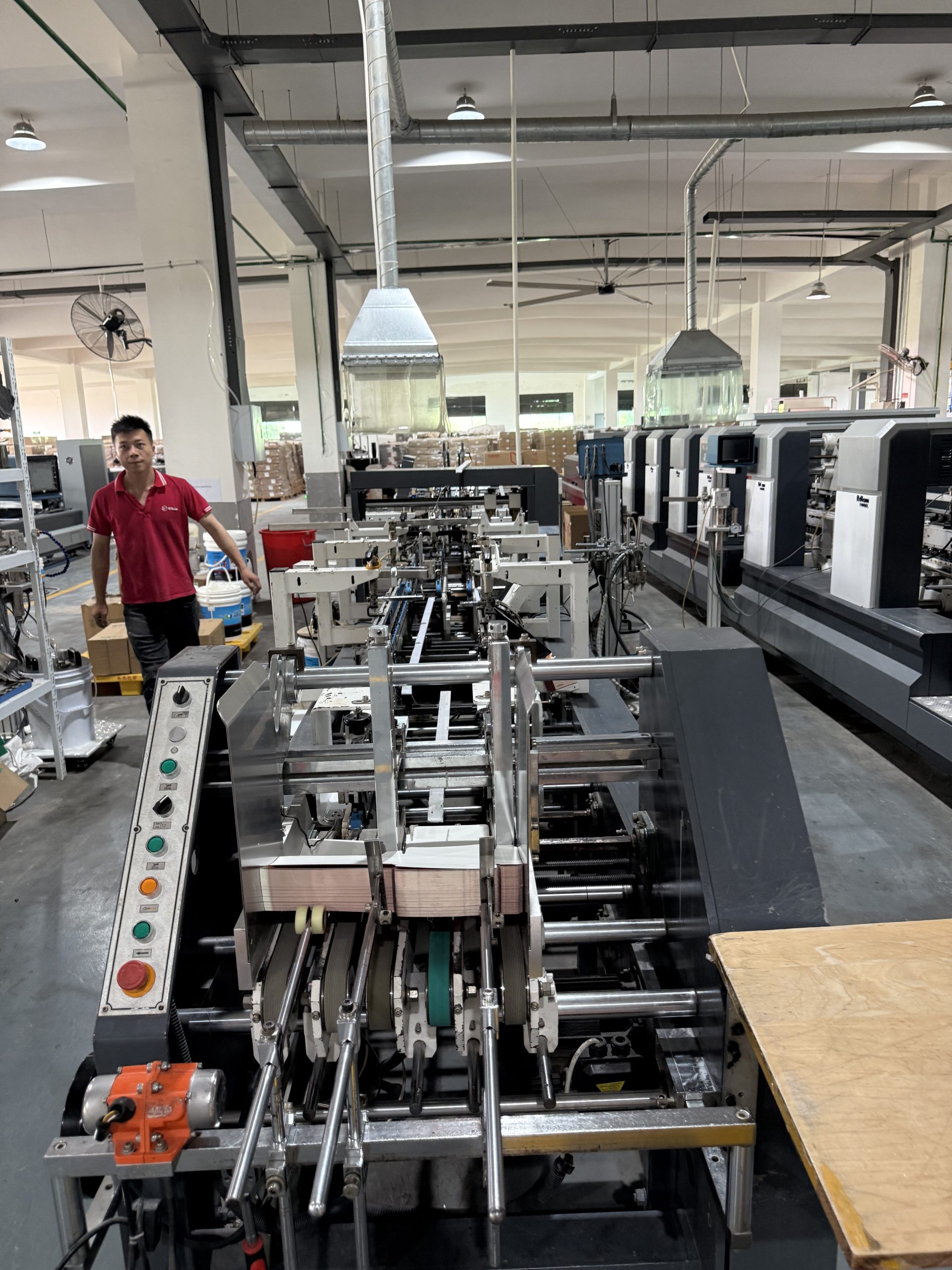
7. Glass and Ceramic: High-End, Decorative Packaging
Though not as commonly used as other materials, glass and ceramic are becoming increasingly popular for luxury packaging. These materials offer a premium, decorative appearance and are perfect for products that require a high level of perceived value, such as perfumes, spirits, and gourmet foods.
Benefits:
Premium Feel: Glass and ceramic packaging convey an air of sophistication and luxury, appealing to high-end customers.
Durability: These materials provide superior protection, ensuring the contents remain safe.
Aesthetic Appeal: Glass and ceramic packaging can be elegantly designed, with etched or frosted patterns for added visual appeal.
8. The Future of Printing Materials
As technology continues to advance, new materials and printing methods are likely to emerge. Innovations such as smart packaging and 3D printed materials are already on the horizon. Nanotechnology and biodegradable composites are expected to play a significant role in the future of packaging, allowing for greater customization and sustainability.
Conclusion: Unlocking Creativity in Packaging
Innovative print materials have opened up new possibilities for brands seeking to differentiate themselves. Whether it’s metal, fabric, plastic, or wood, each material offers unique benefits that cater to different industries and product types. As consumer expectations evolve, the future of packaging will continue to be shaped by new, creative, and sustainable materials.
At Wuxi Box Printing Technology, we are committed to helping businesses explore and implement the latest materials and printing technologies to elevate their brand. Whether you’re looking to create a premium experience or embrace sustainability, our team is here to help you bring your vision to life with innovative print solutions.



